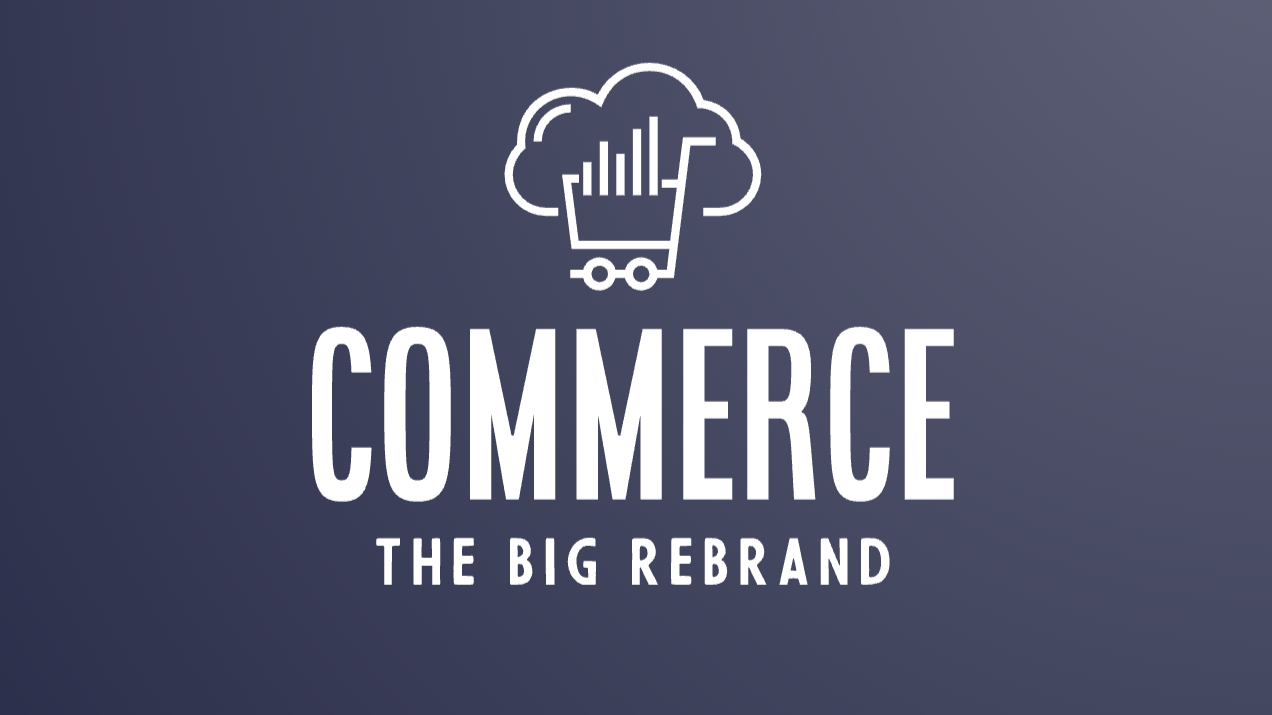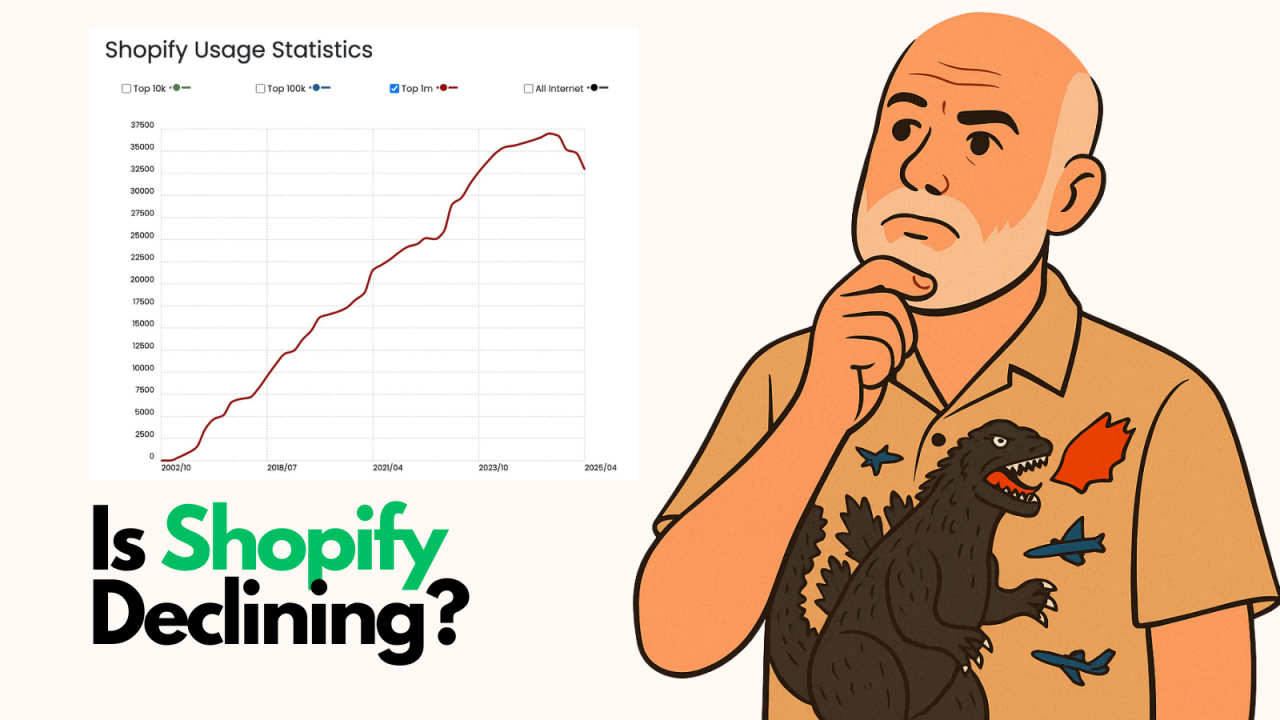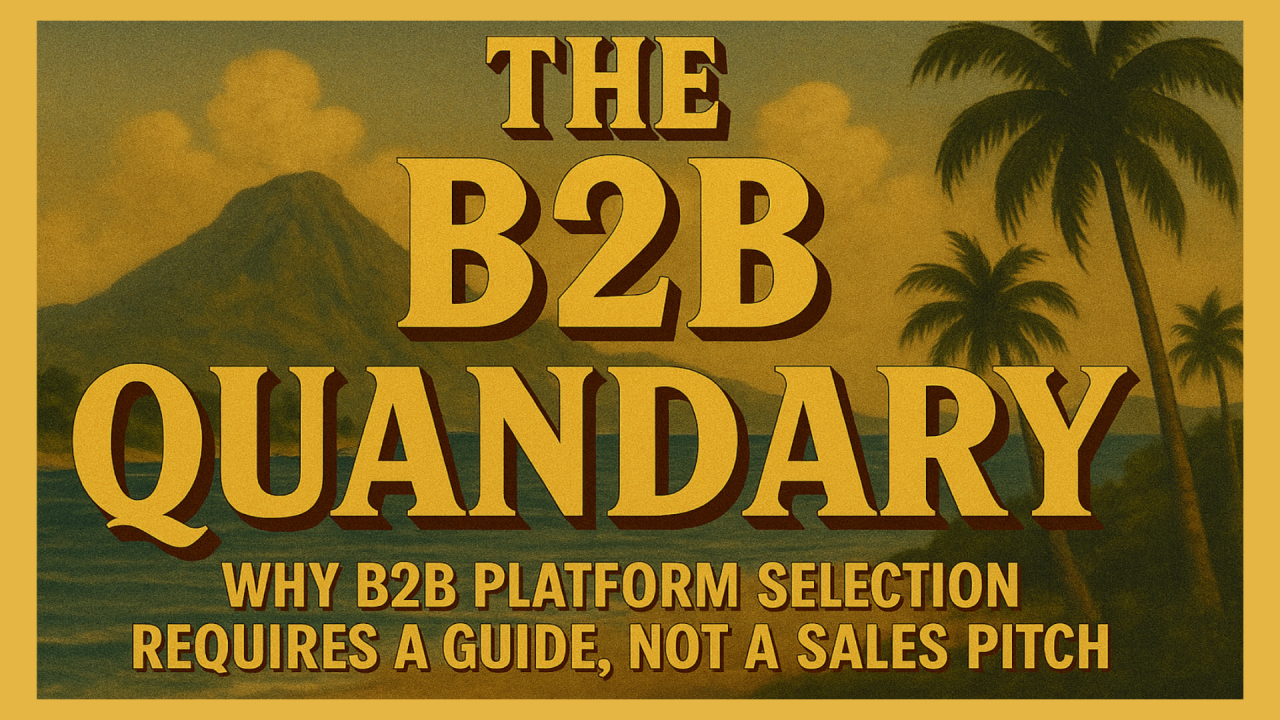

Image Source: Unsplash
With the rise of digital marketing, businesses are increasingly relying on content to attract and engage their target audience. However, simply creating content is not enough to ensure success. In fact, poorly executed content strategies can lead to wasted time, effort, and resources. That's why it's essential to rethink your content strategy and align your blog posts with user intent. By doing so, you can increase clicks, drive traffic to your website, and ultimately grow your business. In this article, we'll explore the importance of user intent in content creation, and provide actionable tips to help you create content that resonates with your target audience. Whether you're a seasoned content marketer or just starting out, this guide will help you rethink your content strategy and take your blog posts to the next level.
Understanding user intent is crucial when it comes to creating effective content as it allows you to align your material with what your audience is actively seeking. Without understanding user intent you risk creating content that fails to resonate with your target audience, resulting in decreased engagement and wasted resources. In contrast, aligning your content with user intent can significantly improve your search engine ranking, particularly since search engines like Google prioritize content that meets user intent. This, in turn, leads to increased engagement, higher click-through rates, and ultimately, increased conversions.
To understand user intent, you need to think about the purpose behind the search query. Is the user looking to make a purchase, solve a problem, or acquire new knowledge? By understanding the reasoning behind the search query, you can create content that caters directly to the user's needs, offering them genuine value.
For instance, let's consider the search query "best running shoes for women." The intent behind this search query is likely to be finding information about running shoes specifically designed for women. Thus, creating content that not only addresses this intent but also provides valuable insights about the top running shoe options for women would effectively align with the user's needs.
It's also important to remember that user intent can vary significantly depending on the context and the user's stage in the buyer's journey. Some users may be looking for general information, while others may have a clear intention to make a purchase. Therefore, tailoring your content to address different user intents at various stages of the funnel can further enhance its effectiveness and relevance.
Beyond just improving search engine rankings, aligning your content with user intent can also help you build trust and authority with your audience. By consistently providing content that caters to their needs and offers genuine value, you establish yourself as a thought leader in your industry and build a loyal and engaged audience.
Understanding user intent is essential for creating effective content that resonates with your target audience and meets their needs. To identify user intent, you can employ various methods, including:
Conducting thorough keyword research helps you identify the specific words and phrases your audience uses to search for information related to your industry. By understanding these keywords, you can align your content with their search queries and provide relevant information.
Analyzing search engine results pages (SERPs) allows you to assess the existing content for a particular keyword or phrase. By identifying gaps in the content, you can create valuable material that fulfills the needs of your audience.
Engaging in social listening involves monitoring social media channels and online forums to comprehend the conversations and questions your target audience is engaging in. This insight enables you to create content that directly addresses their concerns and offers meaningful solutions.
This occurs when a user seeks information about a particular topic. They may be looking to learn something new, find answers to their questions, or gain knowledge on a specific subject.
Navigational intent arises when a user is trying to locate a particular website or web page. They may be searching for a specific brand, product, or service.
Transactional intent comes into play when a user intends to take a specific action, such as making a purchase, signing up for a service, or downloading a resource.
Identifying the type of user intent behind a search query is crucial for tailoring your content appropriately. By aligning your content with the user's intent, you can provide value to your audience, enhance engagement, and increase the likelihood of fulfilling their needs.
To gain a comprehensive understanding of user intent, consider utilizing various tools and analytics, such as Google Keyword Planner, Ahrefs, SEMrush, and social media monitoring platforms. By combining insights from these resources, you can refine your content strategy to meet the diverse needs of your audience at different stages of their user journey.
Additionally, staying up-to-date with the latest trends and changes in user behavior can further enhance your ability to identify and cater to user intent effectively. Continuously monitoring the evolving interests and concerns of your audience will ensure that your content remains relevant and valuable, fostering lasting relationships with your target users.
Creating a content strategy that aligns with user intent requires a deep understanding of your target audience and the keywords they use to search for information related to your industry. To create a content strategy that aligns with user intent, follow these steps:
Gain insights into your target audience's demographics, interests, and pain points. By understanding your audience, you can tailor your content to meet their needs and provide real value.
Thorough keyword research will reveal the specific keywords and phrases your audience uses to search for information in your industry. This knowledge empowers you to create content that aligns with their queries and caters to their needs.
Understand the different types of user intent behind search queries, including informational, navigational, and transactional intent. Mapping keywords to user intent allows you to craft content that addresses what your audience is looking for, providing genuine value.
Plan your content strategy in advance by creating a content calendar. This ensures that your content consistently aligns with user intent and delivers value to your audience over time.
Optimizing your blog posts for user intent is crucial to attracting and engaging your target audience effectively. Implement these tips to optimize your blog posts and align them with user intent:
Identify and incorporate relevant keywords and phrases that mirror what your audience searches for. This ensures your content aligns with their queries and addresses their specific needs.
Craft content that offers real value and expertise to your audience. High-quality content positions you as an industry thought leader and fosters a loyal and engaged readership.
Organize your content into easily digestible sections with clear headings and subheadings. A well-structured post improves readability and enhances user experience.
Incorporate images, videos, and infographics to supplement your content and provide additional value to your audience. Visuals make your content more engaging and facilitate better understanding of complex topics.
Consider the different stages of the user's journey (awareness, consideration, decision) when creating content. Tailor your posts to meet the user's intent at each stage, supporting them as they progress through the buying process.
Continuously track user engagement metrics to gauge the effectiveness of your content strategy. Analyzing user behavior allows you to adapt your approach and further align your content with user intent. This involves tracking key metrics like traffic, engagement, and conversions through tools like Google Analytics. To measure the success of your content strategy, you'll need to define your goals and get clear on what you want to achieve with your content strategy. By defining your goals, you can create a plan to measure your success. As you analyze your results, you'll see what worked and what didn't work with your content strategy. By analyzing your results, you can make adjustments to your content strategy and improve your results.
When aligning your content with user intent, it's essential to be mindful of potential pitfalls that can hinder the effectiveness of your content strategy. Here are some common mistakes to avoid:
Overloading your content with keywords in an unnatural manner can hurt the readability and user experience. Focus on using keywords strategically and naturally within the context of your content.
Even the most valuable content may not reach its full potential if it's not adequately promoted. Invest time and effort in promoting your content through various channels to reach your target audience effectively.
Failing to conduct thorough user research and understand your target audience's preferences, pain points, and search behavior can lead to content that misses the mark and doesn't resonate with your audience. Also, neglecting to address different user intent types (informational, navigational, transactional) can result in content that doesn't match the user's specific needs, leading to lower engagement and conversions.
Failing to analyze search engine results pages (SERPs) for your target keywords can lead to creating content that duplicates existing material or doesn't adequately address user intent. Neglecting to monitor user engagement metrics, such as bounce rate, time on page, and conversion rates, makes it challenging to assess the success of your content strategy and make necessary adjustments.
Aligning your content with user intent is crucial to creating effective content that resonates with your target audience. By understanding user intent, you can create content that meets the needs of your target audience and provides value. To align your content with user intent, follow the tips and best practices outlined in this article and avoid the common mistakes. By doing so, you can increase clicks, drive traffic to your website, and ultimately grow your business.

Following up on my earlier post about BigCommerce's rebrand announcement, I got my hands on theCleveland...

By Brent W Peterson AI vs Shopify: Is Platform Dominance Ending in 2025?

The B2B OG Reality Check In 1995, I built my first B2B website for my then computer assembly company. It...